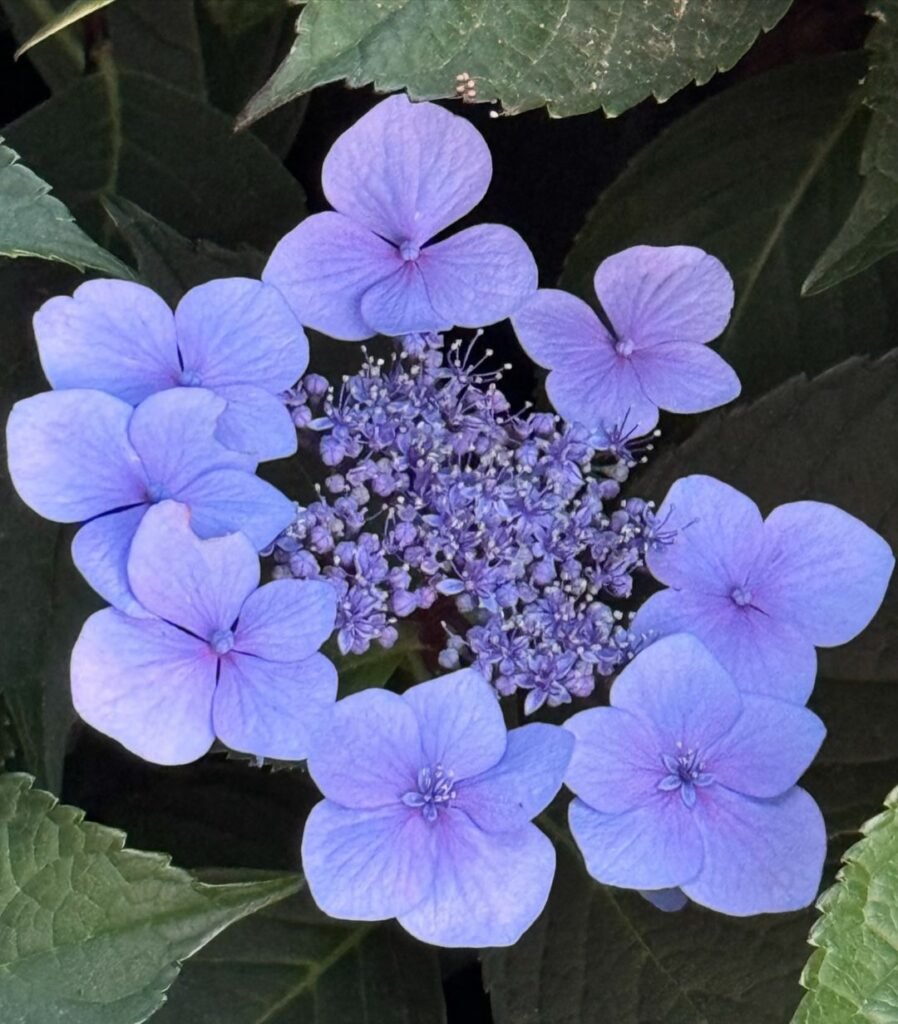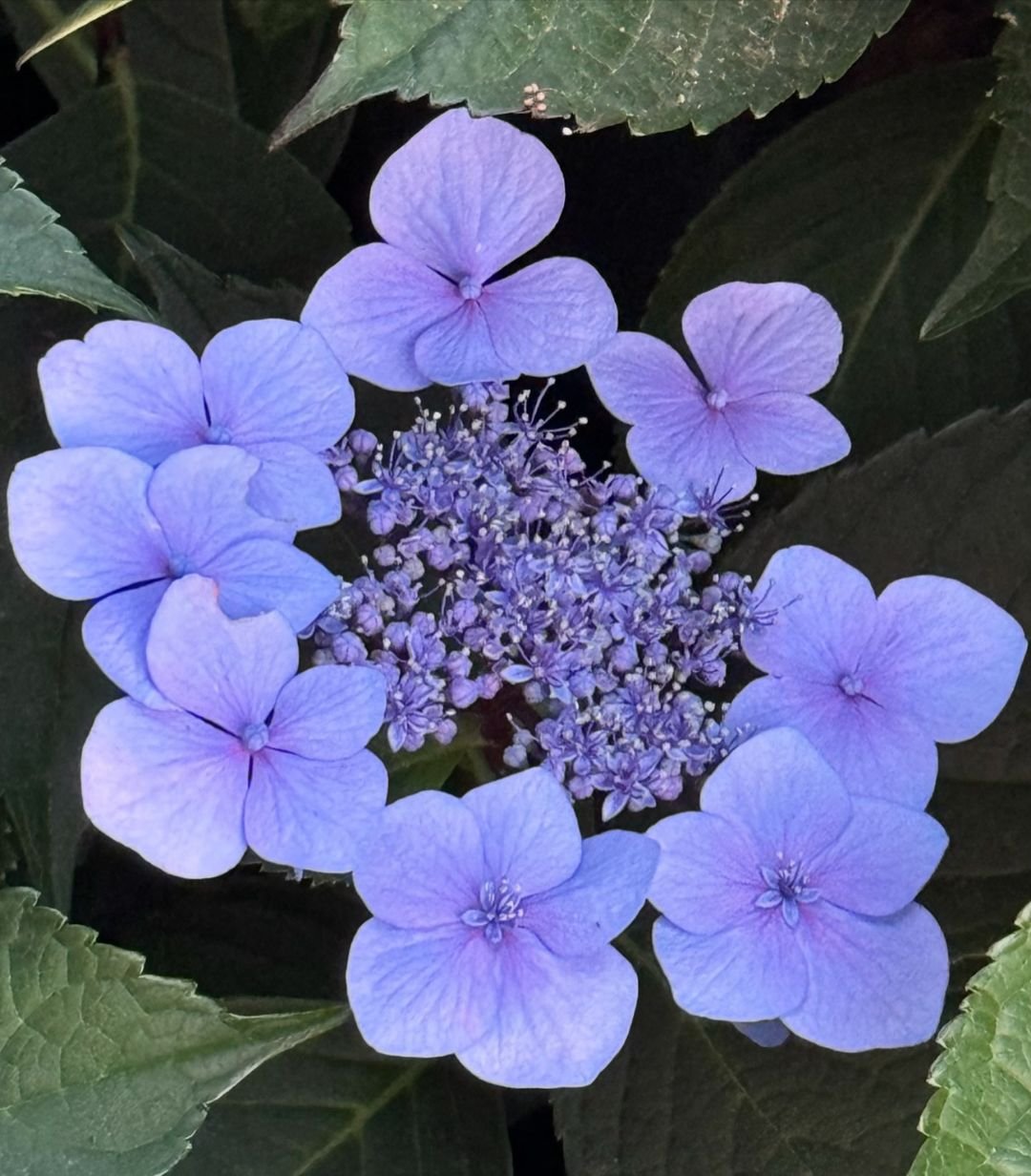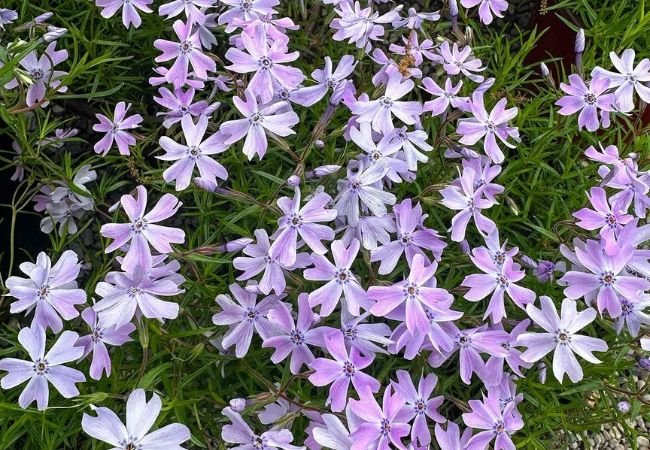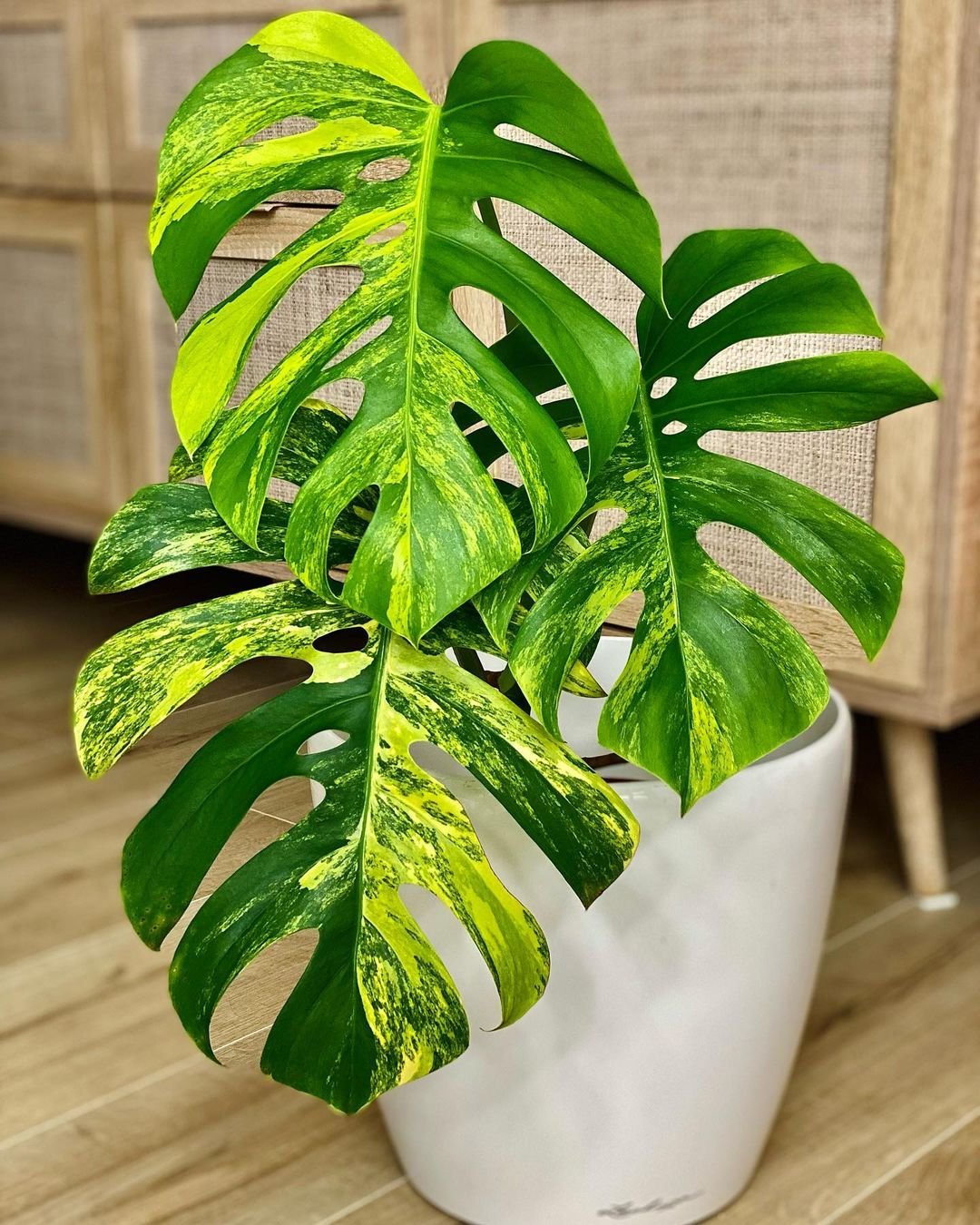Purple hydrangeas are stunning ornamental shrubs known for their large, vibrant purple flower clusters. To achieve the best purple color, they require acidic soil with a pH between 5.2 and 5.5, along with adequate sunlight, regular watering, and proper pruning. The intensity of the purple hue can be influenced by soil composition and the presence of aluminum.
As a horticulturist with over two decades of experience cultivating hydrangeas, I’m thrilled to share my expertise on growing these magnificent purple beauties. Whether you’re a seasoned gardener or a beginner, this comprehensive guide will help you achieve stunning purple hydrangeas in your garden.
Understanding Purple Hydrangeas

Purple hydrangeas are primarily cultivars of Hydrangea macrophylla, also known as bigleaf hydrangeas. The purple color is actually a result of the plant’s ability to change bloom color based on soil pH and aluminum availability. This fascinating characteristic allows gardeners to manipulate the flower color to some extent.
Popular Purple Hydrangea Varieties
Some popular purple hydrangea varieties include:
- ‘Endless Summer’: Known for its ability to bloom on both old and new wood.
- ‘Nikko Blue’: Can produce deep purple blooms in very acidic soil.
- ‘Purple Tiers’: Features unique double-flowered blooms.
- ‘Ayesha’: Has distinctive cupped petals that can turn a lovely lavender.
Planting Purple Hydrangeas
Location and Soil Preparation
Choose a location with:
- Partial shade (morning sun and afternoon shade is ideal)
- Well-draining soil rich in organic matter
- Protection from strong winds
Prepare the soil by:
- Testing the pH (aim for 5.2 to 5.5 for purple blooms)
- Adding organic matter like compost or peat moss
- Incorporating aluminum sulfate to increase soil acidity if needed
Planting Process
- Dig a hole twice the width of the root ball and as deep.
- Place the plant in the hole, ensuring it’s at the same depth as it was in its container.
- Backfill with soil, water thoroughly, and add a layer of mulch.
Caring for Purple Hydrangeas
Watering
Hydrangeas require consistent moisture:
- Water deeply once or twice a week, depending on rainfall
- Ensure the soil stays moist but not waterlogged
- Use a soaker hose or drip irrigation for efficient watering
Fertilizing
Feed your hydrangeas to promote healthy growth and vibrant blooms:
- Apply a balanced, slow-release fertilizer in early spring
- Use a fertilizer low in phosphorus to maintain purple color
- Avoid over-fertilizing, which can lead to lush foliage but fewer blooms
Pruning
Proper pruning is crucial for abundant blooms:
- For varieties that bloom on old wood, prune immediately after flowering
- For those that bloom on new wood, prune in late winter or early spring
- Remove dead, damaged, or crossing branches
- Thin out some of the older stems to encourage new growth
Maintaining Purple Color
To enhance and maintain the purple color:
- Keep soil pH between 5.2 and 5.5
- Add aluminum sulfate to the soil as needed
- Avoid using fertilizers high in phosphorus, which can inhibit aluminum uptake
Winter Protection
In colder regions:
- Apply a thick layer of mulch around the base of the plant
- Consider wrapping the plant in burlap if extreme cold is expected
- For potted hydrangeas, move them to a protected area or insulate the container
Troubleshooting Common Issues
Leaf Yellowing:
- Cause: Often due to iron deficiency in alkaline soils
- Solution: Apply iron sulfate or a chelated iron product
Wilting:
- Cause: Usually indicates underwatering or root issues
- Solution: Check soil moisture and drainage, adjust watering as needed
Lack of Blooms:
- Cause: Improper pruning, over-fertilization, or lack of sunlight
- Solution: Adjust pruning timing, reduce fertilizer, ensure adequate light
Pests and Diseases:
- Common issues: Aphids, spider mites, powdery mildew
- Prevention: Maintain good air circulation, avoid overhead watering
- Treatment: Use insecticidal soap for pests, fungicides for diseases as needed
Propagating Purple Hydrangeas
To expand your hydrangea collection:
- Take softwood cuttings in early summer
- Remove lower leaves and dip the cut end in rooting hormone
- Plant in a well-draining potting mix
- Keep moist and in a bright, indirect light location until rooted
Growing purple hydrangeas can be a rewarding experience that adds a stunning splash of color to your garden. By providing the right soil conditions, proper care, and a bit of patience, you can enjoy these magnificent blooms year after year. Remember, the key to vibrant purple flowers lies in maintaining acidic soil and proper aluminum levels. With the tips provided in this guide, you’re well on your way to becoming a purple hydrangea expert. Happy gardening!







One comment on “Purple Hydrangea : Growing Tips for Vibrant Blooms (2024 Expert Guide)”